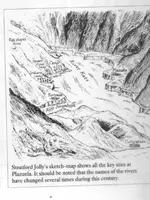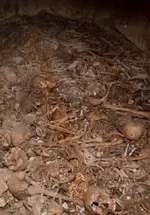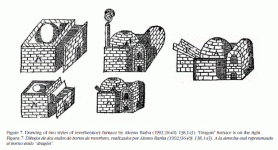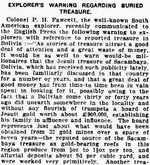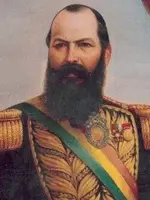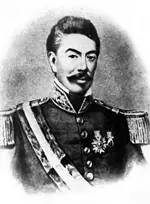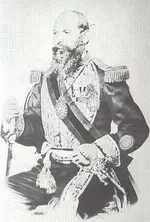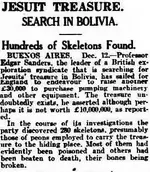Corporate Investigations
Sr. Member
- Joined
- Aug 23, 2013
- Messages
- 468
- Reaction score
- 1,438
- Golden Thread
- 0
- Primary Interest:
- All Treasure Hunting
Hi CI
Thanks for the prompt reply.
Had a feeling as much. Sanders' attempt to make it seem as he was on the cusp of discovery, has given much ammunition to distractors and it might even be possible that the silver cross he uncovered was planted. He also played a foolish game with the Bolivian authorities when he discovered they were opening his mail, and his stunt backfired spectacularly.
I recall the article you mentioned which really tore shreds from Sanders' account, and all in all, it was a spectacular failure from him and considerable funds wasted.
I am waiting on the book from the chaps who went to Sacambaya in the 1960s, if possible, I will attempt to make contact with them to see the comment one of them made about "it (the treasure) being in one of possible 30 sites". Was this because they came across further information afterwards or even that they should have searched elsewhere at the location?
In your opinion, was the site a church, convent, monastery, fort, administration centre or even a combination of these?
It would seem that the site acted as a local headquarters of sort and if gold was accumulated, then perhaps there is possibly a cache or two.
IPUK
Hello I have not visited the site. So I cannot give an accurate determination of the site. Nor has Crow as a matter of fact. Kanacki came to conclusion that site was built or earlier Inca site crudely smelting bronze. And colonial metal smelting site that was mistakenly believed to be a ruins chapel was in fact a crude reverberatory furnace. probably used for smelting copper gold and silver from various mines around the areas. He noted one side of the mountain was denuded of trees which could of been used in smelting process.The mining camp had a chapel of course by by no means a full size monastery. The old walls of a fort nearby was of original Inca construct but seems to have later Spanish modification of the upper walls to a fort of 18th century European influence.
Amy





